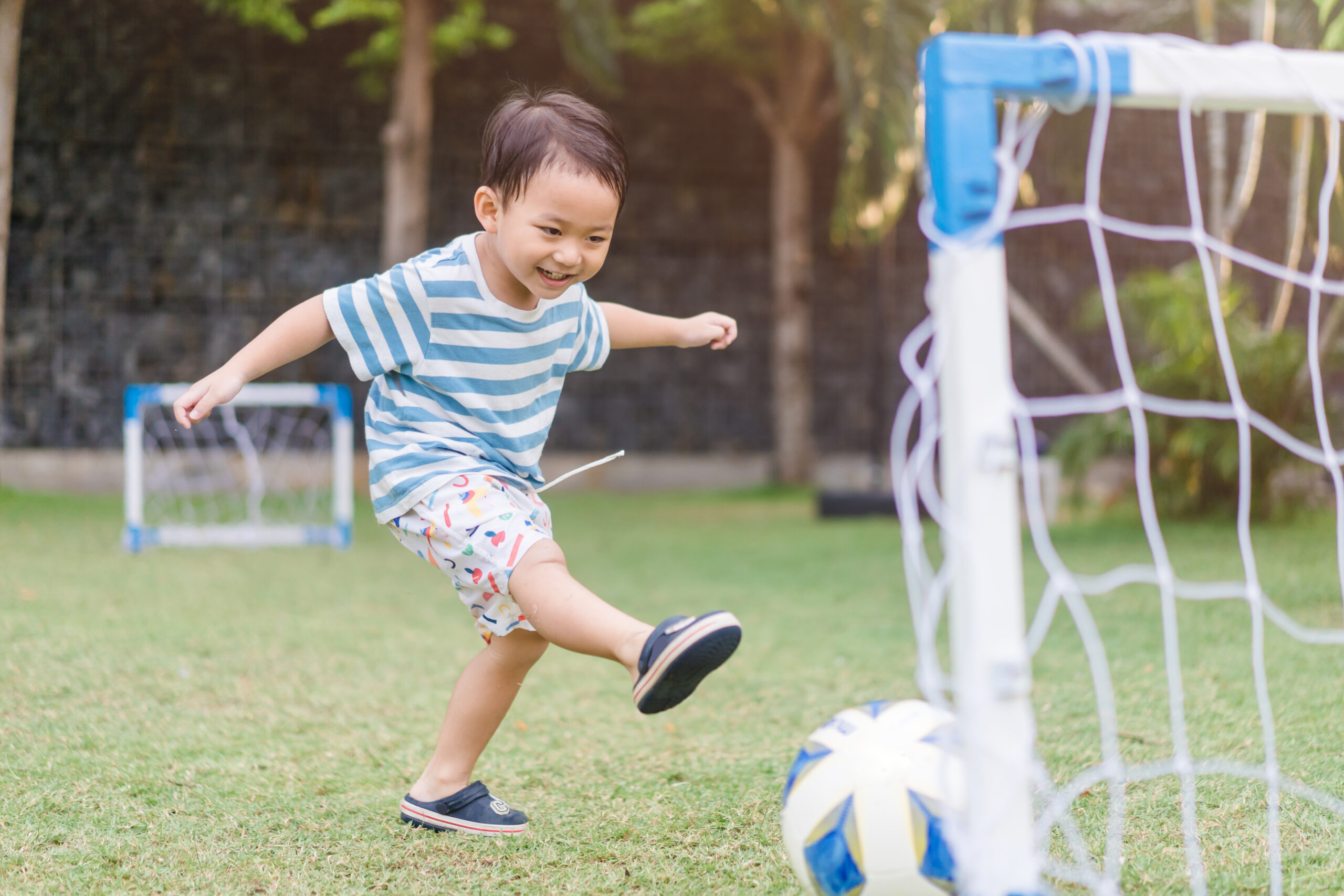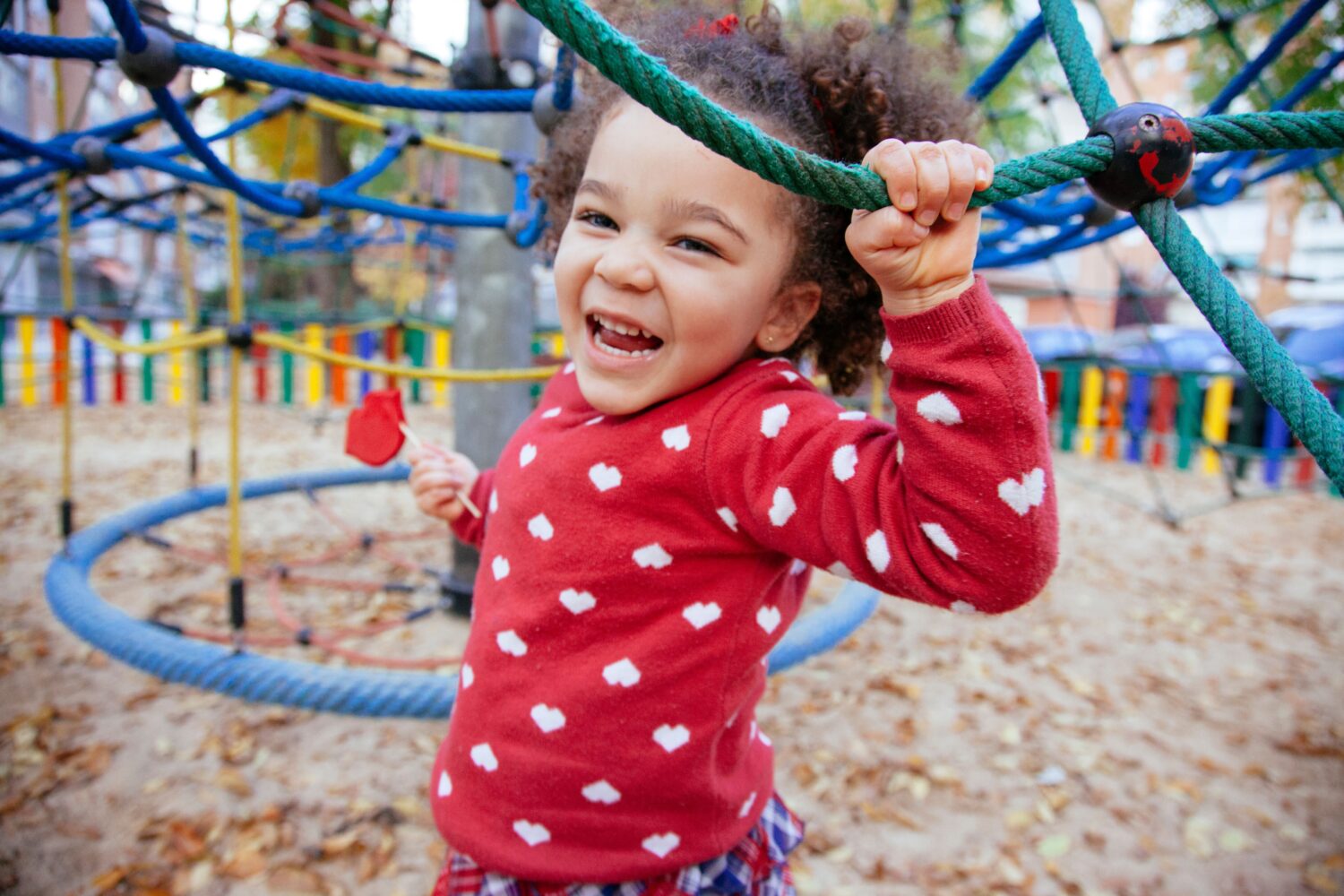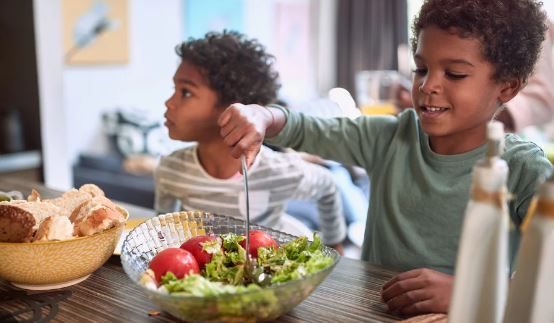If you’re reading this, you probably already know that some stressors in early childhood are useful and important for children’s development. But you also know that certain types of stress in infants and toddlers can lead to a host of issues later in life. The latest findings presented at the Neuroscience 2023 research conference underscore just how serious “bad” stress can be. The study points to how, in the early years, stress can negatively impact how genes work. Surprisingly, it shows those impacts can be even worse than a brain injury.
Researchers at The Ohio State University used rat models to compare how genes and behavior react to an early brain injury versus early stress. The first experiments found many more problems with gene expression due to early life stress. Differences due to stress showed up in brain plasticity – the brain’s ability to flexibly adapt to changes. Stress also impacted oxytocin levels. Nicknamed “the love hormone,” oxytocin is critical for bonding and social behavior. It has also been shown to decrease stress.
The negative effects went beyond the genes and hormones of young rats. Adult behavior changed as well. Researchers observed the movements of adult rats in open spaces. Rodents’ normal instinct is to stick to the edges of an open space to avoid predators. The rats that experienced early stress more often left the edges and moved into the center of the open space. This behavior equates to the risk-taking we see in adult humans with ADHD or substance use disorders. The behavior was found only in the rats that experienced early stress. It wasn’t observed in the rats with brain injuries.
Of course, rats aren’t humans, and the experimental stress doesn’t equate with what human infants and toddlers might experience. For example, every day for two weeks after their birth, lab rats were separated from their mothers for four hours (and I assume, left unattended), something we hope never happens with human infants. Still, these models show surprising parallels that shouldn’t be shrugged off.
A Very Sobering, “Would You Rather?”
What does this have to do with early childhood systems in Colorado? If we accept the growing evidence about how certain stress on infants and toddlers can have health and behavioral impacts throughout their lifetime, don’t we owe our children more investments in prevention? I wonder how much is spent on childhood brain injury prevention and treatment versus child and family stress prevention and treatment. Maybe the real “would you rather” is about supporting young families now versus scrambling to address worse-case scenarios in school, health, and society later.
keyTakeaways
Research presented at Neuroscience 2023 underscores the negative impacts of “bad” stress early in life and the impacts on how genes work.
Researchers observed abnormal risk-taking behavior in adult rats that experienced early life stress. It wasn’t observed in the rats with brain injuries.
These findings prompt us to ask if our early childhood systems should invest more on supporting family stress prevention early on.





